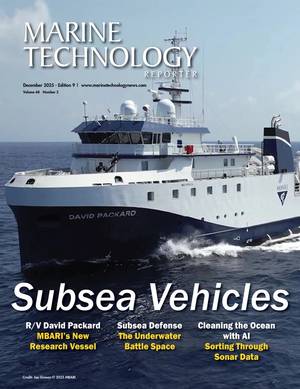Bringing ROV Technology into the Classroom
Recently Keith Bradley from Henry Lord Middle School in Massachussets, along with Meghan Arabella-Bowen from Bristol Community College, also in Massachusetts, brought together 75 middle school students for an ROV competition. The students approach the competition as though they are running an ocean technology business. They break into teams to form a company and set about to design an ROV that suites a particular need. Students must design and build the ROV within a budget. At the end of the project kids will be judged not only on their design but also their costs.
Ms. Bowen is the Director of the SAGE (Sustainability And Green Energy) Project at Bristol Community College. The ROV project is in part, funded through MATE,(Marine Advanced Technology Education), by an NSF ITEST grant, (Innovative Technology Experiences for Students and Teachers). Using ITEST funds BCC offers professional development opportunities to middle school teachers to help them learn how to build and then integrate ROV technology and science into their curriculum. Mr. Bradley took one of their ROV workshops last fall, and began to implement the ROV concept into his marine sciences courses last spring.
Last year with the support and help of BCC Engineering students, Mr. Bradley had his seventh and eighth grade students build ROVs. This fall he again integrated the ROV into his marine science classrooms and asked Ms. Bowen if they could design a mini competition for his students. With the support of the Boys and Girls Club of Fall River, MA who allowed them to use their pool, Lockheed Martin Engineers, Durfee High School Teacher Sue Maurette-Black, and BCC engineering students they were able to run a mini ROV competition for twenty four teams. The mission was comprised of two tasks, first was to collect items on the bottom of the pool including plastic sea cucumbers, crabs, and sea flowers, each worth one point. The second task involved dropping a PVC pipe cap into a milk crate on the other side of the pool.
This is just one example of teachers implementing the STEM (Science, Technology, Engineering, and Math) curriculum in the classroom with the added benefit of inspiring those students who will go on to careers in ocean technology.








 December 2025
December 2025



